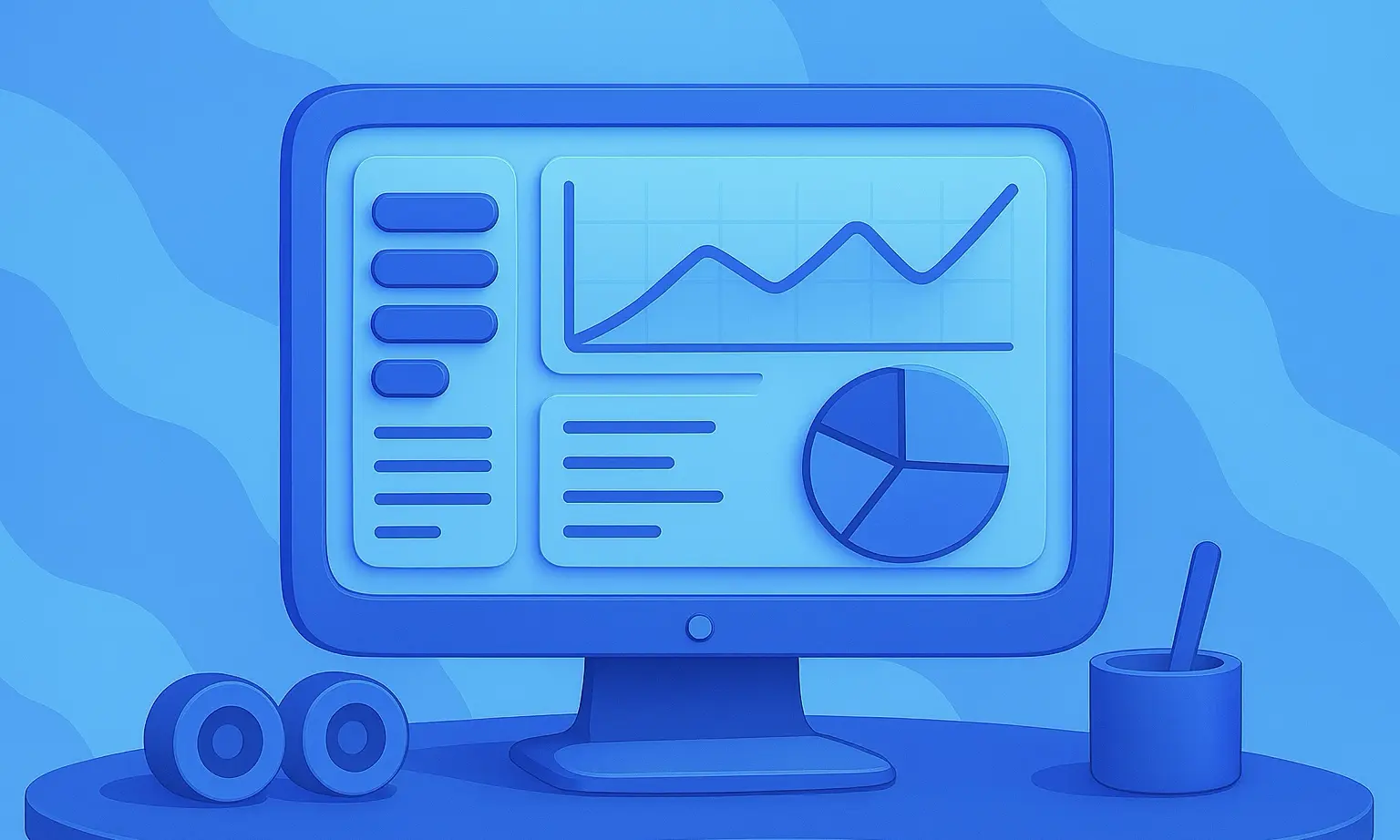How to Build a Segmented Revenues API for Public Companies with Python
In a world full of AI agents, data is the most valuable asset. That’s the reason why it’s essential to have access to high-quality data. But how do you get access to this data? With an API.

You can access an API either by paying for it or by creating your own. Most APIs are expensive and often fail to provide all the necessary data for a specific application, particularly in the investment industry.
A custom API lets you customize data sources, formats, and features to meet your exact needs. You can integrate specific financial data (e.g., stock prices, balance sheet data, segmented revenues) that are relevant to your application or analysis.
In addition, you can adapt your API flexibly to new requirements, such as integrating new markets or asset classes. The mission of this article is to build a Segmented Revenues API based on the official company reports.
We’ll discuss the following points:
- Technical requirements
- Business understanding and data modeling
- Revenue segmentation logic and structure
- Entity-relationship diagram
- Setting up the database with Docker
- Adminer and TimescaleDB
- Overview of the Docker stack
- Creating and configuring the database schema
- Data preparation
- Downloading and cleaning 10-K filings
- Inserting data into the database
- Building the Segmented Revenues API with FastAPI
- Set up a basic FastAPI endpoint
- Designing the API endpoint
- Querying segmented revenue data
- Testing the API
- Sample request
- Creating a Python client
- Conclusion
So we’ve no time to waste. Let’s build a segmented revenues API from scratch! 🚀
To read this post you'll need to become a member. Members help us fund our work to ensure we can stick around long-term.




